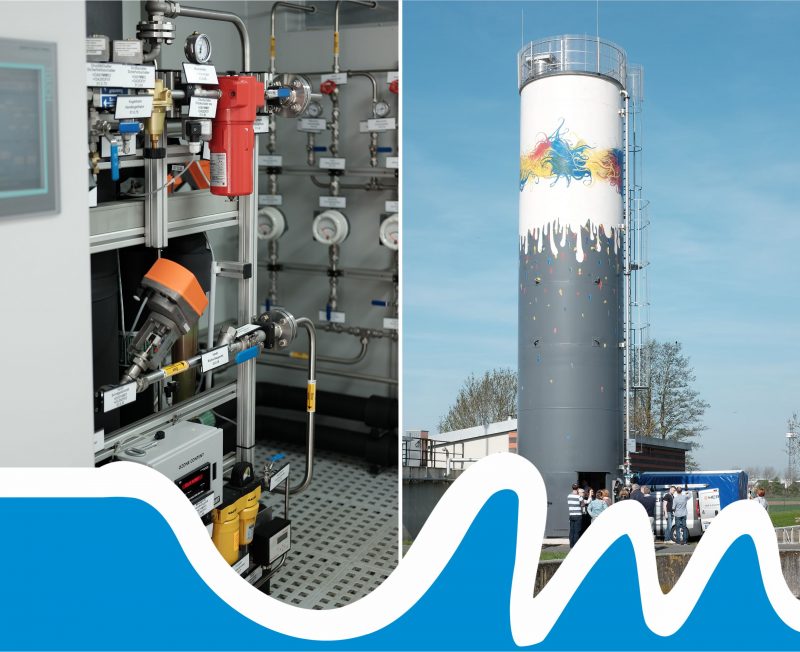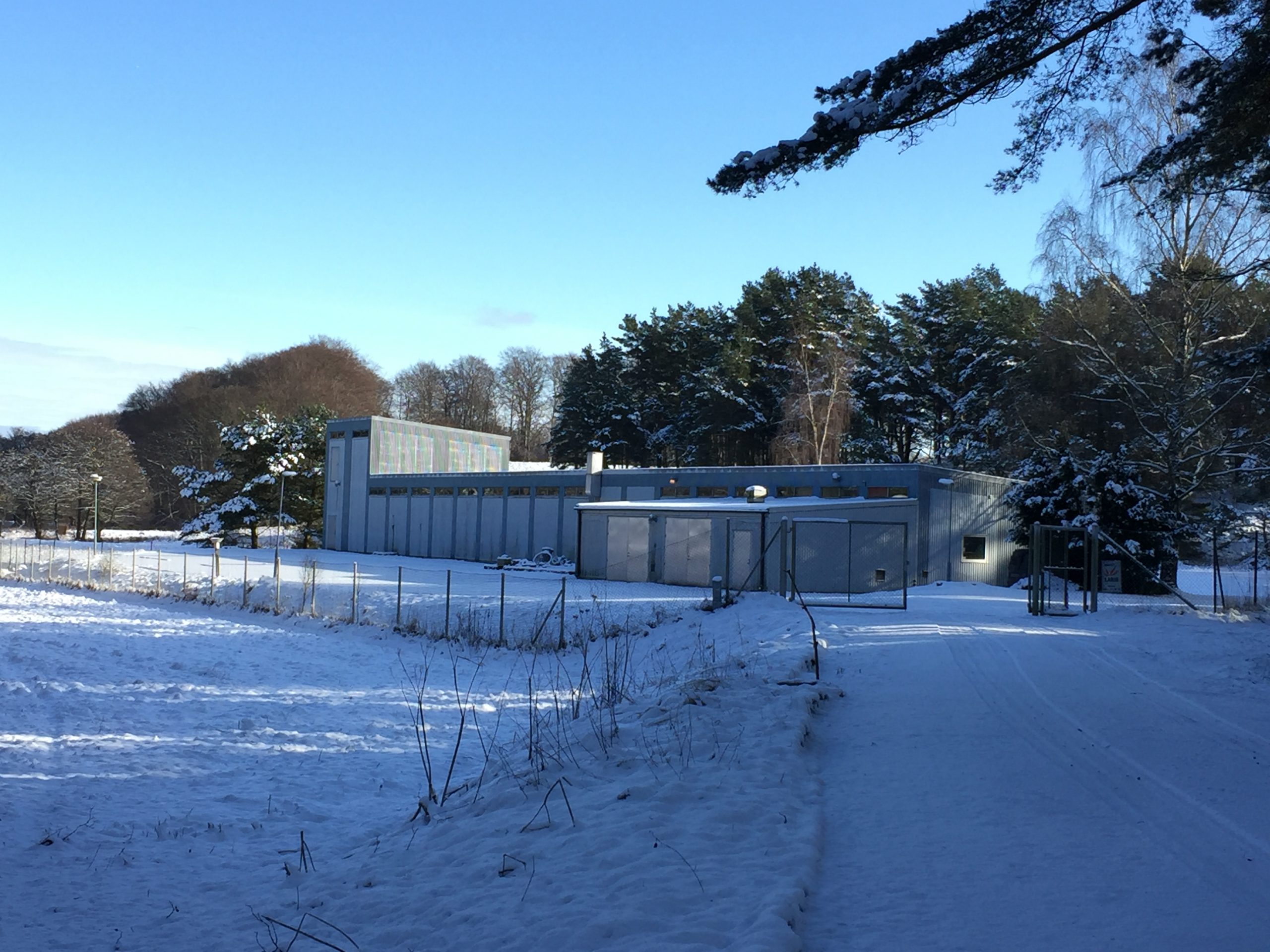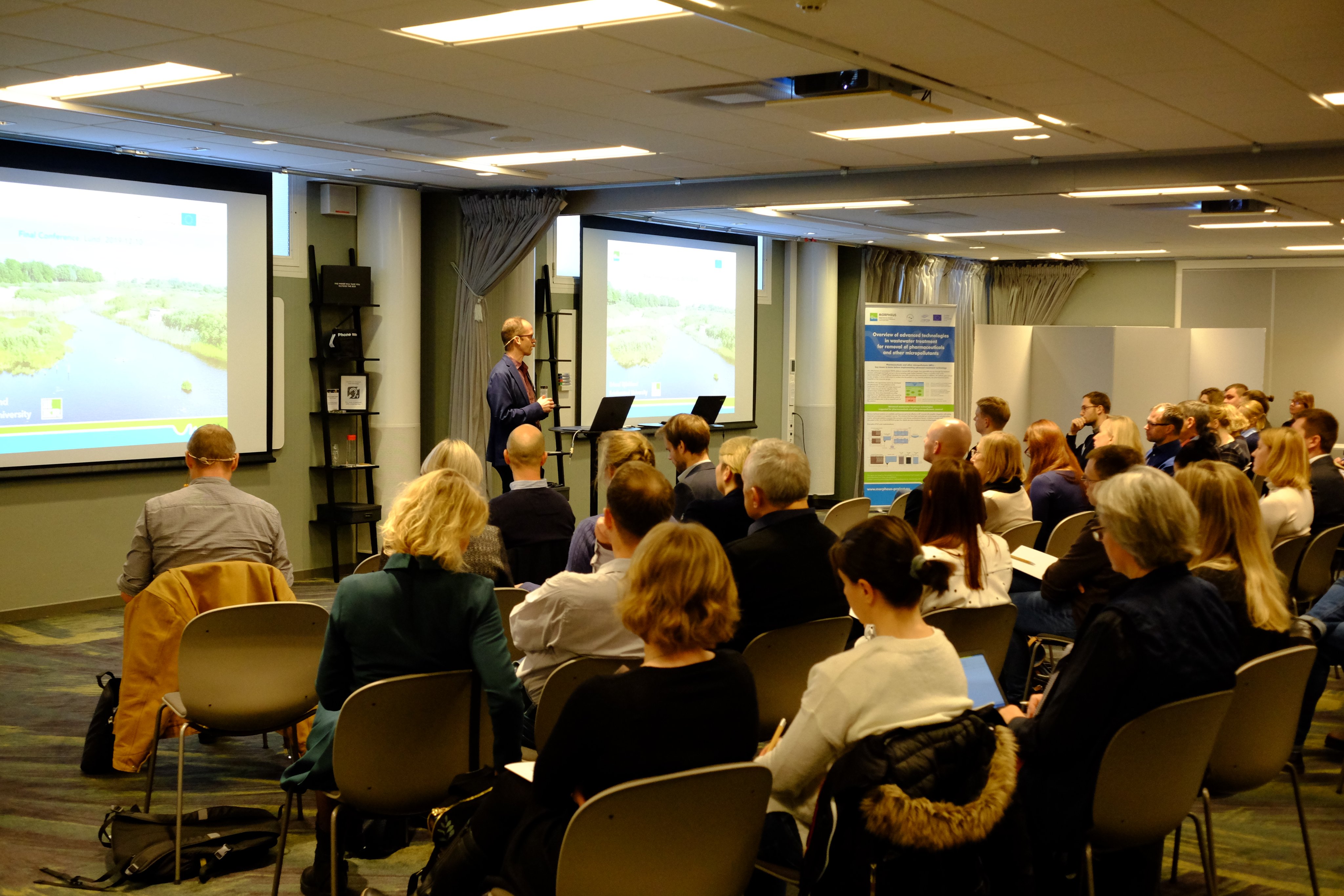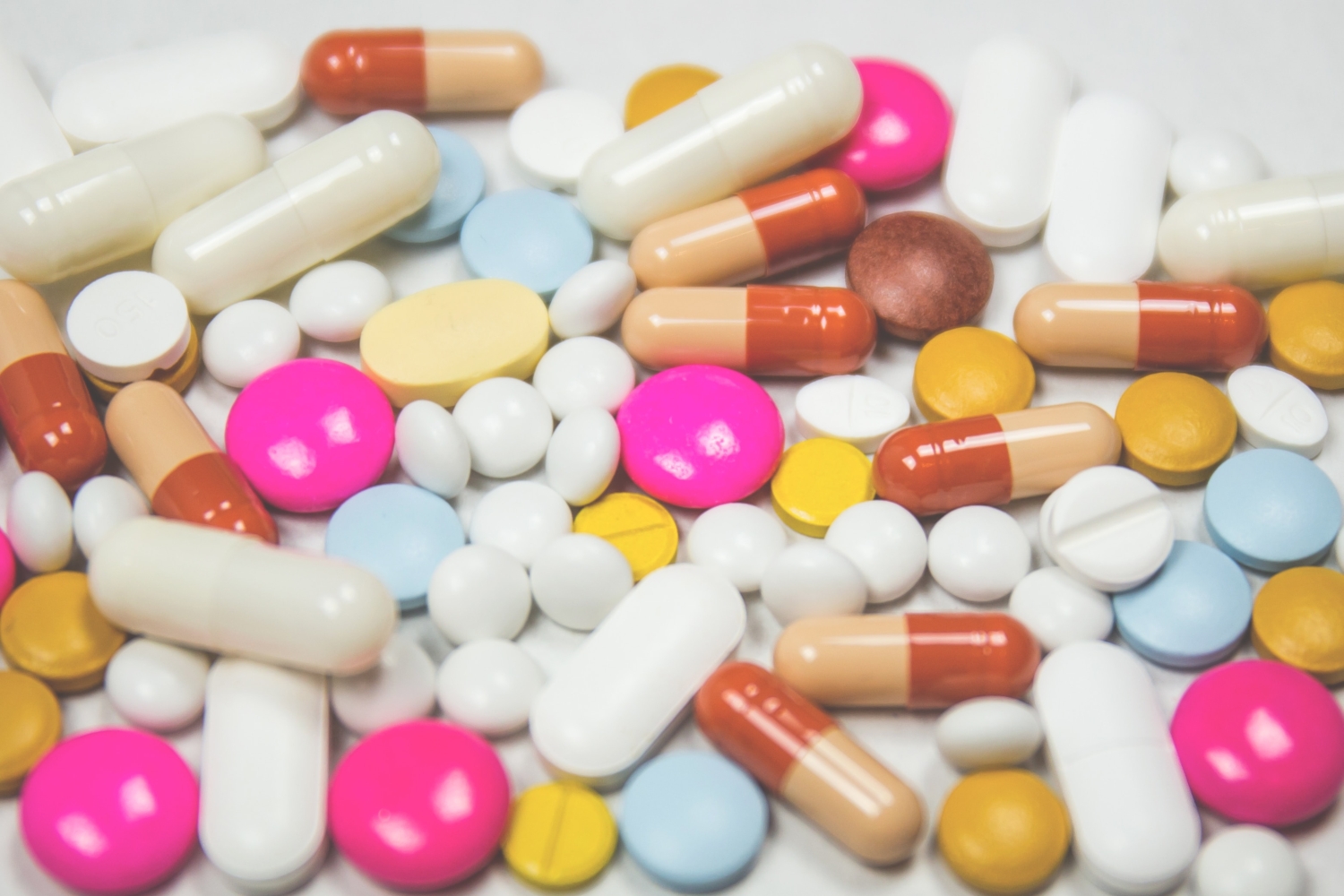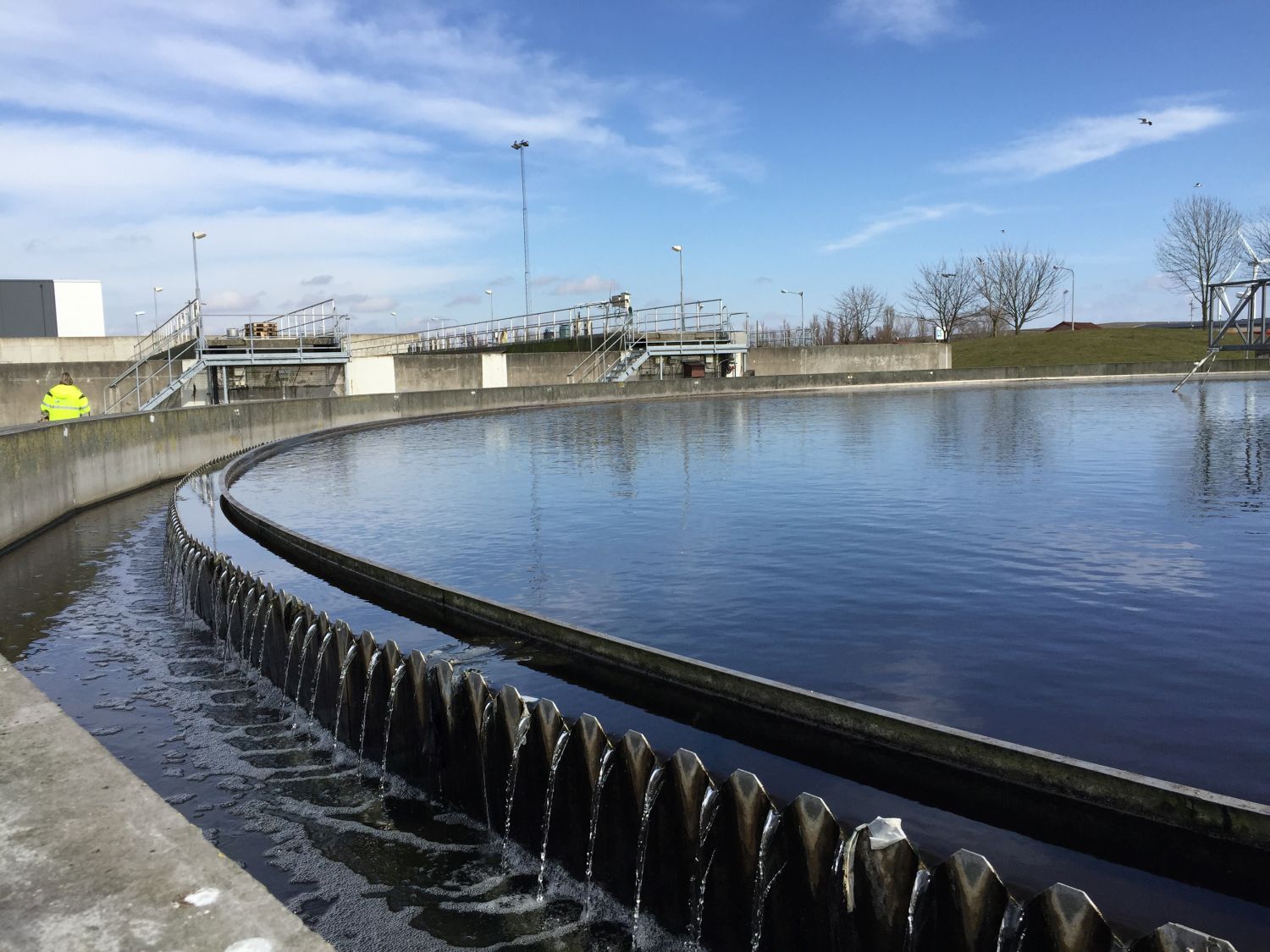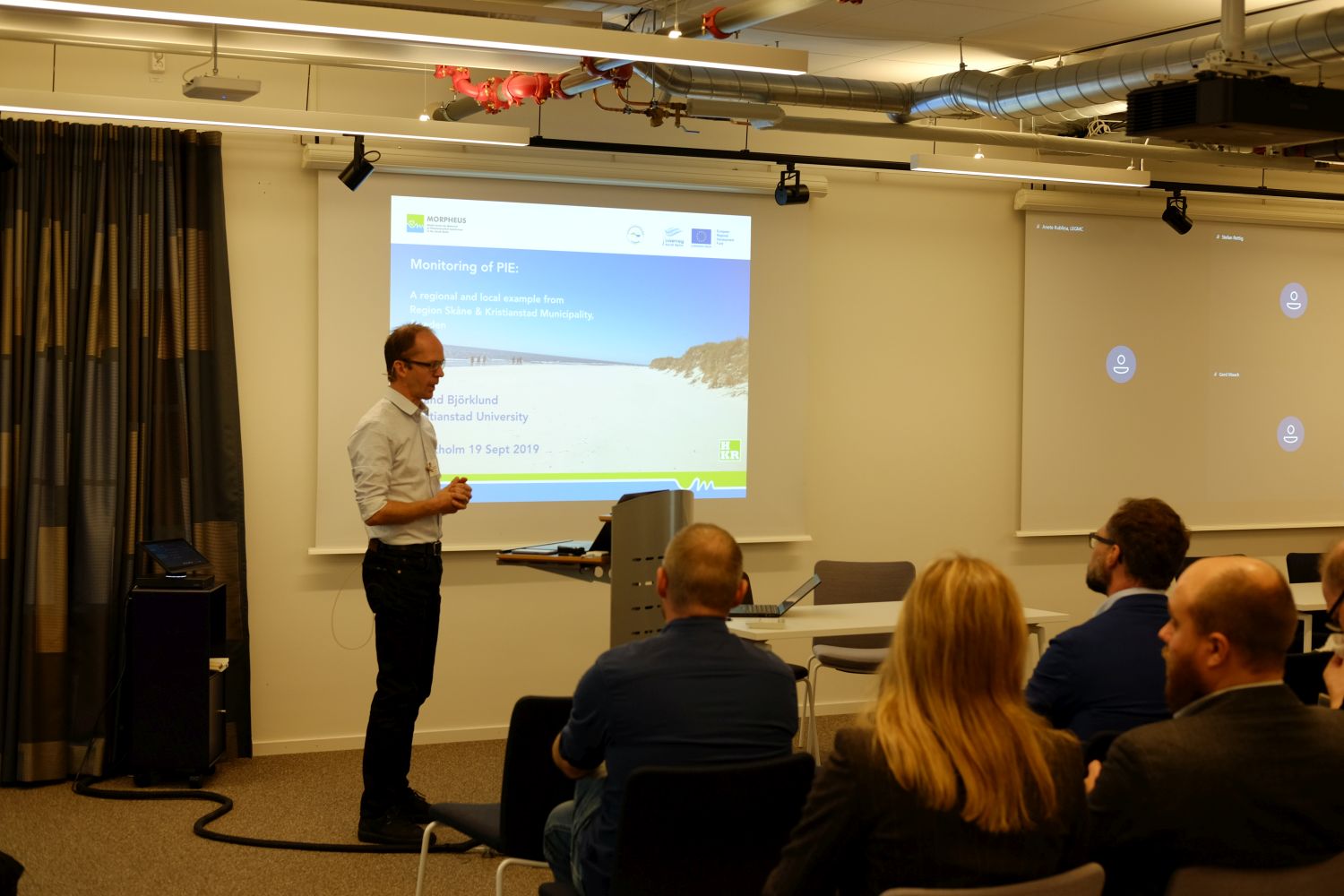MORPHEUS released Del 5.2, a report presenting advanced technologies in wastewater treatment in the context of strategies to reduce the release of pharmaceuticals, antibiotics, hormones and other micropollutants to the aquatic environment adopted at both EU and national levels. Besides the goals of the micropollutants strategies, decision-making processes, the financing programmes and important examples of full-scale implementation results are presented in the current report.
Micropollutants including pharmaceuticals, antibiotics and hormones can enter the aquatic environment through both diffuse and point sources, but in urbanised regions wastewater treatment plants play a crucial role in their dissemination. Conventional WWTPs are effective in macropollutants removal, while MPs may go through the treatment unchanged or are removed at different rates. Most EU countries are convinced that the presence of MPs in the environment poses a serious problem, particularly in highly populated regions where surface water resources serve as a sources of potable water. Thus, an additional treatment, referred to as the “fourth” or “quaternary” step, at WWTPs, seems to be inevitable.
Presently, various technical solutions are available and have been proven to be possible to integrate with existing treatment processes in an expedient manner. The solutions that have been evaluated are mainly based on ozonation and/or activated carbon, and various combinations thereof. A key question and concern are the costs associated with taking control of the discharges of MPs, such as pharmaceuticals, from WWTPs. On the other hand, the benefits connected with the overall improvements of water quality by removing MPs from the wastewater stream cannot be directly quantified. Nevertheless, it is expected to aid in sustainable food production, drinking water supply and rainwater use. It is also beneficial for protection of bathing waters and the welfare of aquatic ecosystems. Finally, it is believed to help reduce the spread of antimicrobial resistance. Altogether this can be of help in getting a wider social acceptance of the increased costs associated with upgrading our European WWTPs.

